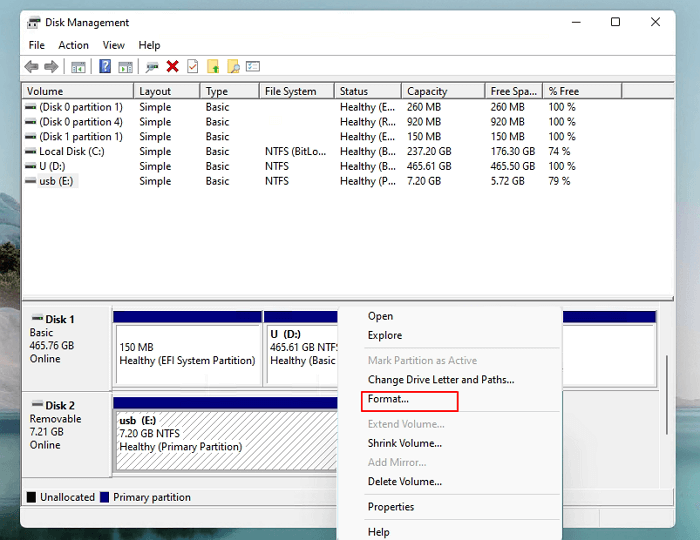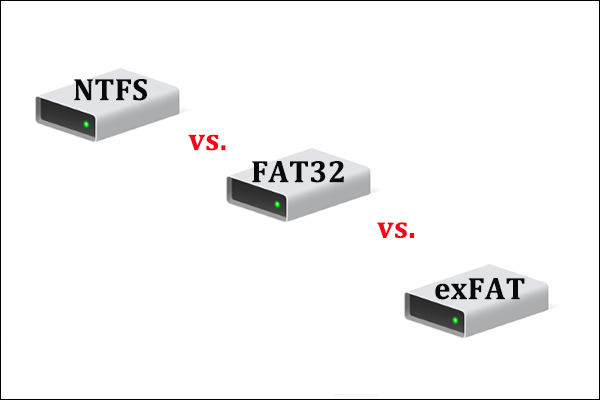

#Ntfs or exfat for mac and windows series#
Even Microsoft’s own Xbox 360 can’t read NTFS drives, although the new Xbox Series X, S, and One can. Other devices are even less likely to support NTFS.Ĭompatibility: Works with all versions of Windows, but read-only with Mac by default, and may be read-only by default with some Linux distributions. None of Sony’s PlayStation consoles support NTFS. Some Linux distributions may enable NTFS-writing support, but some may be read-only. By default, Macs can only read NTFS drives, not write to them. It’ll work with all recent versions of Windows-all the way back to Windows XP-but it has limited compatibility with other operating systems.

And, if you have any drives where compatibility isn’t really an issue-because you know you’ll just be using them on Windows systems-go ahead and choose NTFS.ĭespite its advantages, where NTFS lacks is compatibility. If you have a secondary drive alongside Windows and you plan on installing programs to it, you should probably go ahead and make it NTFS, too. Your Windows system partition must be NTFS.

Many of these are crucial for an operating system drive-especially file permissions. NTFS supports file permissions for security, a change journal that can help quickly recover errors if your computer crashes, shadow copies for backups, encryption, disk quota limits, hard links, and various other features. NTFS is packed with modern features not available to FAT32 and exFAT. NTFS first appeared in consumer versions of Windows with Windows XP, though it originally debuted with Windows NT.
#Ntfs or exfat for mac and windows install#
When you install Windows, it formats your drive with the NTFS file system. NTFS has file and partition size limits that are so theoretically huge you won’t run up against them. NTFS is the modern file system Windows likes to use by default. exFAT is a modern replacement for FAT32-and more devices and operating systems support it than NTFS-but it’s not nearly as widespread as FAT32. Windows uses NTFS for its system drive and, by default, for most non-removable drives.įAT32 is an older file system that’s not as efficient as NTFS and doesn’t support as big a feature set, but does offer greater compatibility with other operating systems. Windows supports three different file systems. It specifies how data is stored on the drive and what types of information can be attached to files-filenames, permissions, and other attributes. Whether you’re formatting an internal drive, external drive, USB flash drive, or SD card, Windows gives you the choice of using three different file systems: NTFS, FAT32, and exFAT. The Format dialog in Windows doesn’t explain the difference, so we will.Ī file system provides a way of organizing a drive.


 0 kommentar(er)
0 kommentar(er)
